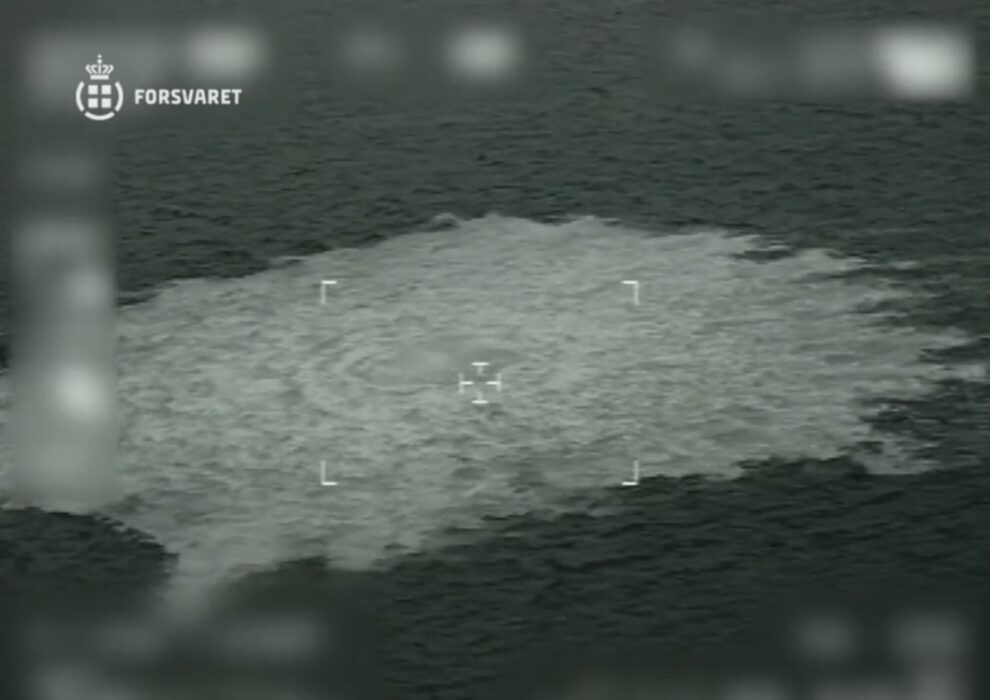Researchers in Sweden have discovered large amounts of methane gas, a powerful planet-warming gas, leaking from unusual depths on the Baltic Sea seabed, they said on Friday.
A recent expedition found methane gas bubbling up from a depth of 400 metres (1,312 feet) at Landsortdjupet, off of Nynashamn on Sweden’s southeastern coast, in a 20-square-kilometre (7.7-square-mile) area.
Methane gas is formed by microorganisms that live in the seabed’s deep sediment layers, and is emitted into the atmosphere by leaks in fossil fuel installations as well as from other human-caused sources like livestock farming and landfills.
While it remains present in the atmosphere for a shorter period, methane is 80 times more powerful than carbon dioxide when it comes to warming, and is responsible for roughly 30 percent of the global rise in temperatures to date, even though it is far less abundant in the atmosphere than CO2.
“We know that methane gas can bubble up from shallow seabeds near the Baltic Sea coast, but I’ve never seen such intense bubbles before and definitely not from such a deep area,” researcher Christian Stranne said in a statement from Stockholm University.
He was part of the research project conducted by Stockholm University and Linne University.
Normally, researchers would expect to see methane bubbles rising up at a height of 150-200 metres from the seabed, but in this case they were surprised to observe them at a height of 370 metres from the seabed — unusually close to the surface.
“The methane in the bubbles dissolves in the sea and therefore they usually gradually decrease in size as they rise toward the surface,” Stranne explained.
“I am not aware of any study where such resilient bubbles have been observed at these depths.”
“It could be a new world record, and it could force us to reevaluate the role of deep areas in terms of their contribution to methane in the surface water,” Stranne said.
He said the phenomenon may be linked to the oxygen-free conditions in the Baltic Sea‘s deep waters.
The bubbles remain more intact in this environment, making the methane transport to the surface more efficient, Stranne explained.
He said there may also be other similar methane leaks in other parts of the Baltic Sea.
Researchers now hope to do further analyses to determine why so much methane gas is being released in this particular area.
“Knowledge about the factors that govern how much methane is produced in these deeper areas and where the methane goes is lacking,” said project leader Marcelo Ketzer, professor of environmental science at Linne University.
